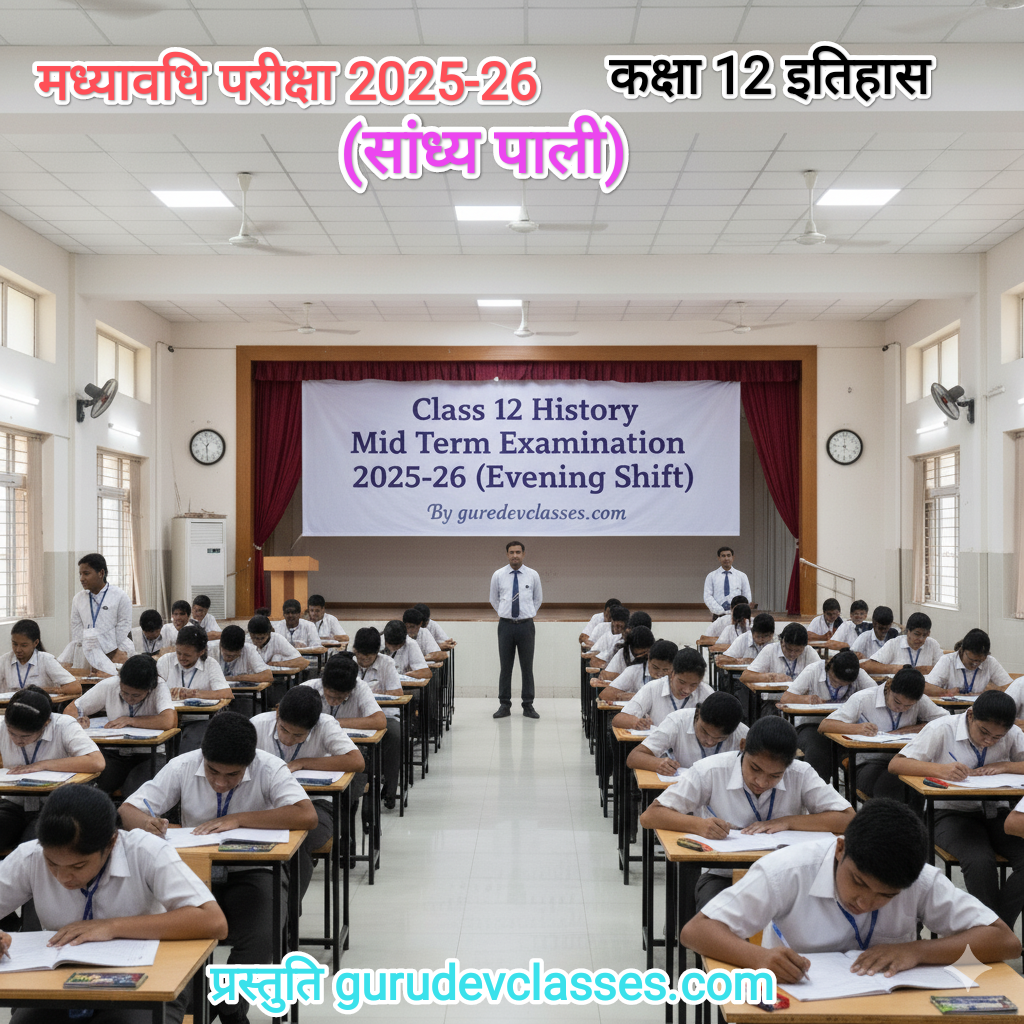Short and long Answer type questions
3 and 8 mark questions
3‑Mark Questions
Q1. Describe two features of early feudal society in France.
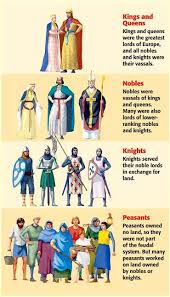
Answer :
० Feudal society rested on a relationship between lords and peasants, where peasants provided labour to their lords.
० The lord held a dominant, almost unchallengeable status; his social order was supreme and beyond contestation.
० Society was divided into three distinct orders—the clergy, the nobility, and the peasantry—each with specific roles.
Q2. Why did knights emerge as a distinct group, and when did they decline?
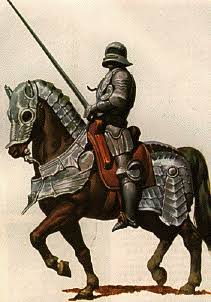
Answer :
० The frequent localized wars of the 9th century created a demand for skilled cavalry; knights, as trained horsemen, fulfilled that need.
० Lords granted knights land (a fief) in exchange for military service and allegiance, which established their distinct social identity.
० The decline of feudalism in the 15th century eroded this feudal military structure, leading to the waning importance of knights.
Q3. What were the functions of medieval monasteries?

Answer :
० Monasteries inspired simplicity and devotion by encouraging a simple, pious life.
० They served as centers of social welfare—caring for the sick and needy, and encouraging charitable giving.
० Monasteries also fostered art, architecture, and education, becoming hubs of cultural and intellectual life.
Q4. What were the characteristics of a manorial estate?
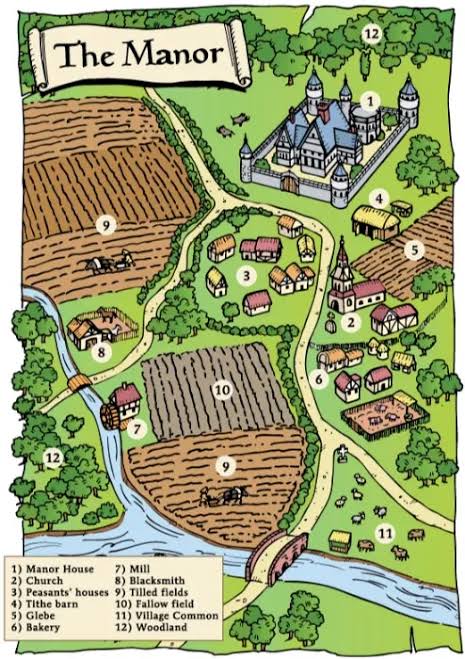
Answer :
० It included a manor house, a church, forests, pastures, mills, workshops—almost everything for daily life was within the estate.
० Peasants worked the lord’s land and did not own the land; they paid dues and had to use the lord’s mill, oven, or wine press.
० A typical estate had around 12–60 families, with artisans like blacksmiths, carpenters, and stonemasons present on-site.
Q5. Who were serfs?

Answer :
० Serfs cultivated plots on the lord’s land; most of the produce was surrendered to the lord.
० They were bound to the estate, required permission to marry or leave, and had no wages.
० They were dependent on the lord’s facilities and could be controlled in marriage and other personal affairs.
Q6. List three features of new agricultural technology in medieval Europe.
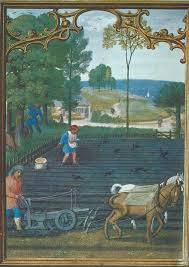
Answer :
० Iron‑tipped heavy ploughs, mouldboards, and shoulder harness replaced primitive wooden ploughs.
० Water- and wind-powered mills were increasingly used.
० The three‑field crop rotation system improved yield—food production nearly doubled.
Q7. What changes did increased use of money bring in feudal society?
Answer :
० Lords began requesting rents in cash instead of labor or kind.
० Peasants started selling their produce to traders rather than paying dues in-kind.
० Inflation occurred during poor harvests, reflecting a shift towards a monetized economy.
Q8. Why were towns considered as the “Fourth Order” in medieval Europe?
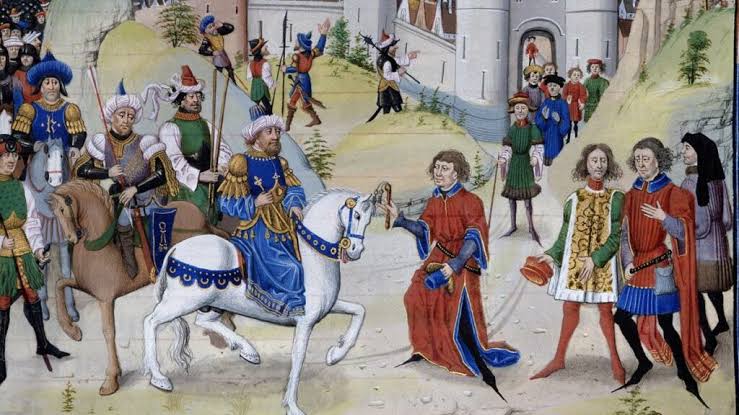
Answer :
० Towns were centers of trade and fairs, economically distinct from the three traditional estates.
० Guilds, merchants, bankers, and lawyers formed an organized structure based on craft and trade.
० Serfs who lived in towns for a year and a day became free, highlighting their legal autonomy.
Q9. How did agriculture improve in medieval Europe?
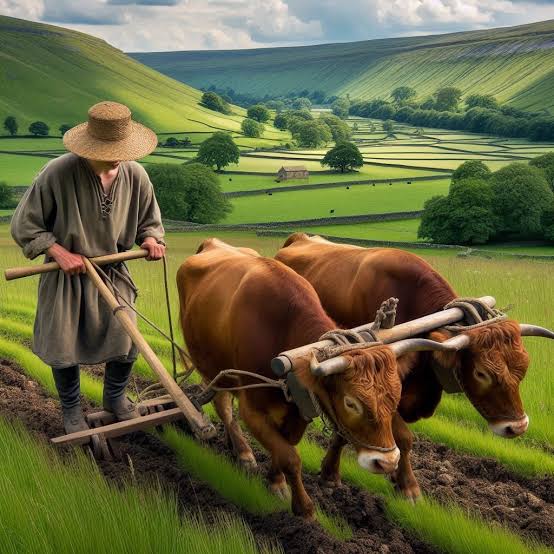
Answer:
० Heavy iron ploughs and horses with shoulder harnesses replaced earlier wooden tools and oxen.
० The three-field rotation system increased productivity by allowing more land to be cultivated.
० Use of windmills and watermills mechanized farming tasks like grinding grains.
Q10. What was the importance of guilds in medieval towns?
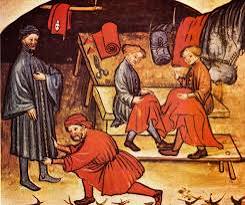
Answer:
० Guilds were associations of craftsmen and merchants that controlled trade and production in towns.
० They regulated prices, quality of goods, and training through apprenticeships.
० Guilds protected the economic interests of their members and helped maintain social order.
Q12. How was the life of a serf different from that of a free peasant?
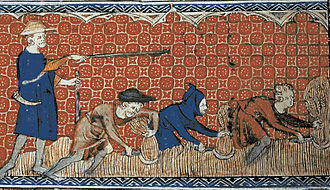
Answer:
० Serfs were bound to the land and needed the lord’s permission to marry, move, or take decisions.
० Free peasants could own land and had more independence in personal and economic matters.
० Serfs paid dues in labor and kind, while free peasants could pay rent in cash or produce.
Q13. Why was the Church powerful in medieval Europe?

Answer:
० It influenced all aspects of life—from birth to death—through religious rituals and moral control.
० It collected taxes and owned vast lands, making it economically powerful.
० The Pope could influence kings and had the authority to excommunicate rulers.
8‑Mark Questions
Q1. Explain the social structure of medieval Europe under the Three Orders system.
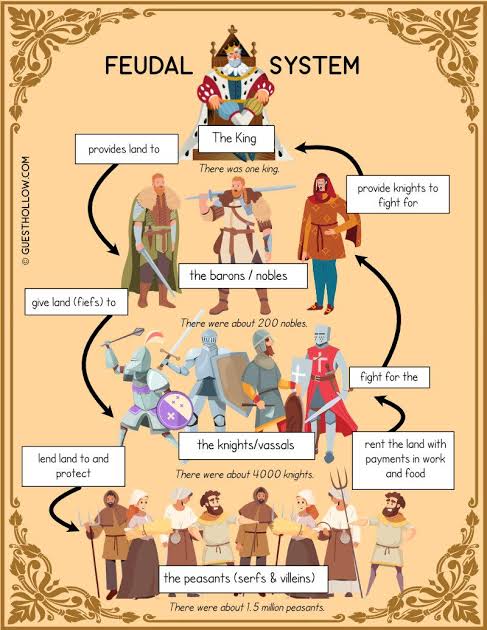
Answer :
० Medieval European society was structured into three estates or “orders”: the clergy (First), the nobility (Second), and the peasantry (Third).
० The clergy were responsible for religious services, moral guidance, and spiritual authority; they often wielded substantial social and political power.
० The nobility comprised land-owning lords and knights who held military and political authority and controlled land tenure and protection.
० The peasantry, including free peasants and serfs, worked the land, produced food, and supported the upper orders through rent and labor.
० Serfs were tied to the land; they needed the lord’s permission to leave, marry, or make decisions—reflecting their lack of personal freedom.
० Feudal bonds—especially between nobles and peasants—were based on land grants, protection, service, and labor exchanges.
० While the clergy were often allied with kings and nobles, medieval monasteries also served social roles by caring for the needy and encouraging education and culture.
० Over time, with growth in trade, towns emerged (sometimes referred to as a “Fourth Order”), introducing new social and economic dynamics outside the traditional three estates.
Q2. What factors contributed to the rise of towns as a “Fourth Order” in medieval Europe?
Answer :
० Expansion of trade and commerce fostered the growth of fair-centered market towns independent of feudal estates.
० These new towns had distinct economic structures, like guilds, regulating crafts and trades.
० Banks and lawyers began operating in towns, indicating a specialized and diverse socioeconomic environment.
० Rich merchants and traders became increasingly influential, sometimes surpassing the nobility in wealth and influence.
० Merchants supported kings to obtain charters liberating towns from feudal control—promoting civic autonomy and middle-class formation.
० Towns evolved into centers of education and culture, further differentiating their identity from rural feudal hierarchy.
० Cathedral-towns emerged, blending ecclesiastical and commercial influence, often centered around church institutions.
० These factors together elevated townspeople into a quasi‑third social category—distinct from clergy, nobility, and peasants—laying the groundwork for a rising middle class.
Q3. Explain the impact of the agricultural and economic transformations during the medieval period.
Answer :
० Technological Advancements: Implementation of heavy iron‑tipped ploughs and stronger harness systems.
० Energy Innovations: Adoption of water- and wind-powered mills lightened manual tasks.
० Crop Rotation: Shift from two‑field to three‑field system increased land productivity.
० Rising Output: Combined effects led to a doubling of food production.
० Monetization: Transition to cash rents reduced reliance on labor dues.
० Market Integration: Peasants began selling surplus produce, linking village economies with towns.
० Urban Growth: Money economy and trade expansion facilitated the growth of towns and markets.
० New Social Strata: Emergence of traders, merchants, guilds, and civic professionals reshaped medieval European society.
Q4. What were the factors behind the decline of feudalism and rise of new monarchies in medieval Europe?
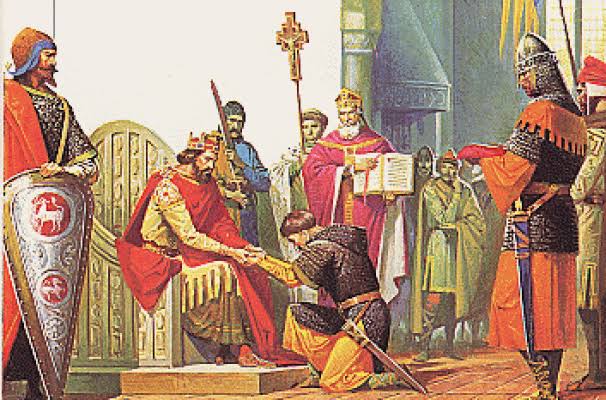
Answer :
० 14th-Century Crises: Plague, climate change, soil exhaustion, and silver shortage destabilized feudal structures.
० Labour Shortages: Depopulation increased wage demands; feudal labor services declined.
० Peasant Revolts: Occurred in England (1323, 1381), France, and Flanders—challenging feudal norms.
० Rise of Royal Power: Kings consolidated authority via standing armies, replacing feudal levies.
० Central Bureaucracy: Permanent administrative systems and professional armies emerged.
० National Taxation: Kings introduced structured taxation practices for revenues.
० Resistance and Accommodation: Nobles opposed centralization but eventually accepted roles in royal bureaucracies.
० Examples: Rulers like Louis XI (France), Maximilian (Austria), Henry VII (England), Isabella & Ferdinand (Spain) exemplified this new monarchy.
Q5. Describe the feudal system and its functioning in medieval Europe.
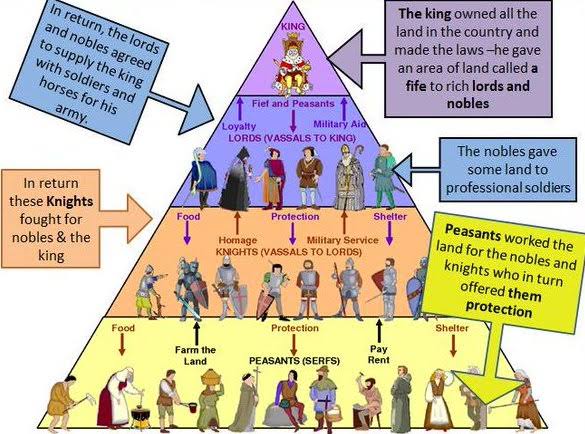
Answer:
० The feudal system was a hierarchical structure based on land ownership and service.
० Kings granted land to nobles in exchange for loyalty and military support.
० Nobles gave land (fiefs) to knights who provided protection and military aid.
० Peasants worked on the land and paid taxes in kind, labor, or money.
० The manor was the basic unit of feudal life with its own farmland, church, and village.
० Relationships were based on mutual obligations—land for service.
० Justice and law were controlled locally by the lord of the manor.
० The system created order in a time when central authority was weak after the fall of Rome.
Q6. Explain the social and economic changes that led to the rise of towns in medieval Europe.
Answer:
० Agricultural surplus due to new technology allowed some peasants to produce more than they needed.
० This surplus led to trade and the emergence of local markets and fairs.
० Towns developed at crossroads, ports, and near monasteries.
० Merchants and craftsmen settled in towns and formed guilds.
० Towns became independent from feudal lords, often by purchasing charters from kings.
० A money-based economy started replacing barter, encouraging urban growth.
० Towns offered more freedom; serfs who escaped to towns could become free.
० This created a new social class—the middle class—distinct from clergy, nobility, and peasants.
Q7. What were the causes and consequences of the 14th-century crisis in Europe?
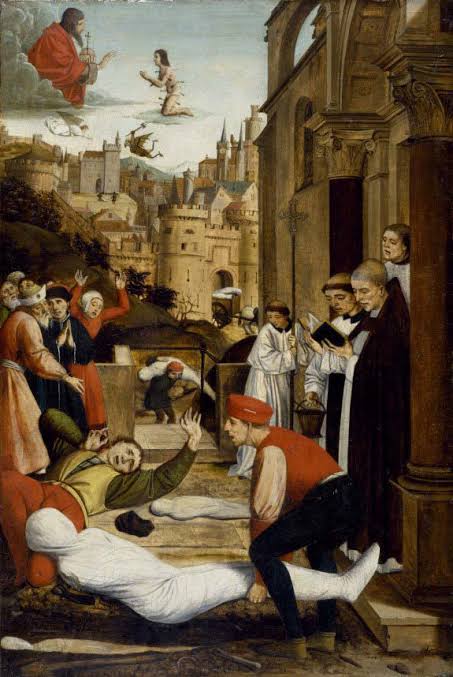
Answer:
० Climate change led to colder and wetter weather, damaging crops.
० Poor harvests resulted in famines and food shortages.
० The Black Death (plague) killed millions, reducing the population drastically.
० Labor shortages increased wages and broke down the feudal economy.
० Serfs began demanding better conditions or fled to towns.
० Peasant revolts occurred across England, France, and other regions.
० Lords tried to reimpose control through harsh laws, which failed.
० This led to the decline of serfdom and the rise of a wage-based economy.
Q8. Compare the three orders in medieval European society.
Answer:
० The First Order was the clergy, who prayed and looked after spiritual life.
० The Second Order was the nobility (lords and knights), who fought and protected.
० The Third Order was the peasants, who worked the land and provided food.
० The clergy controlled religious life and owned land, especially the Church.
० Nobles governed land, enforced laws, and served kings in war.
० Peasants worked on manorial estates, some as free peasants, others as serfs.
० Society was based on hierarchy and mutual obligation (duty and protection).
० Over time, a Fourth Order (town-dwellers, merchants) emerged due to trade and urbanization.


